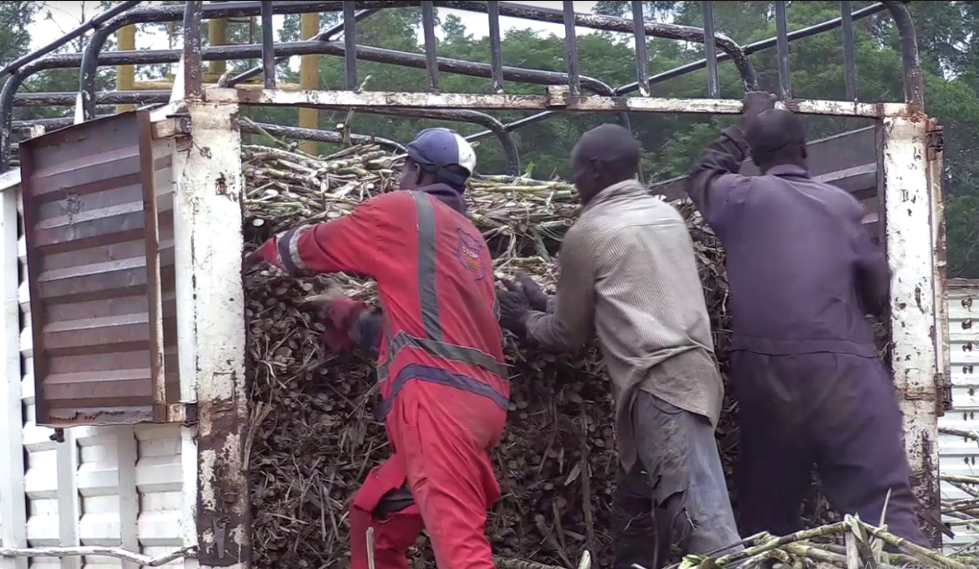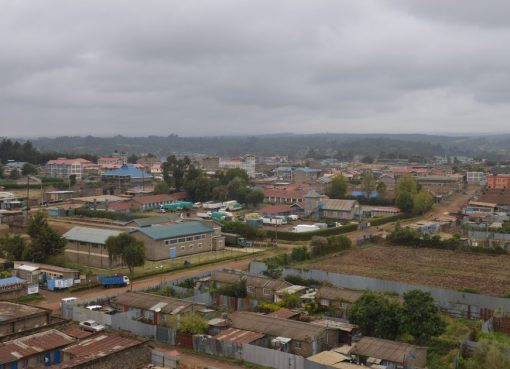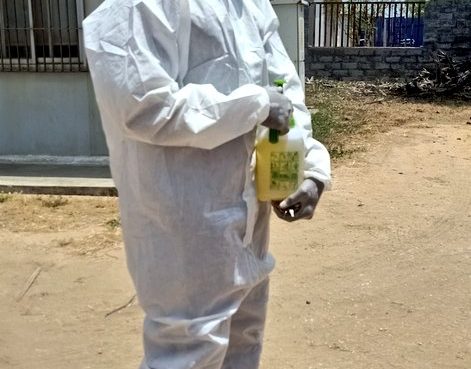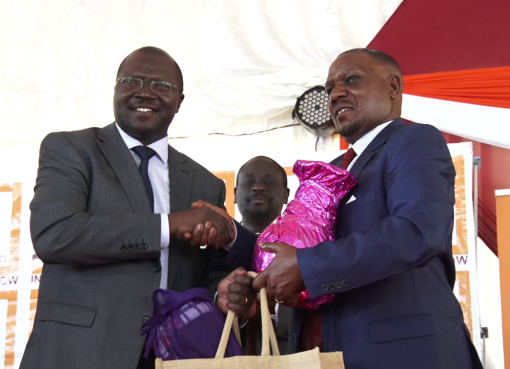The national government has been urged to prioritize revival of sugarcane out-grower schemes and increase funding to sugar research institutions alongside rejuvenating Mumias Sugar Company.
The Deputy Secretary General of Kenya National Federation of Sugarcane Farmers (KNFSF) Simon Osechere says out-grower schemes are necessary for millers to thrive like they did in the 1990’s and the early 2000’s.
He said out-grower schemes played an important role in ensuring millers are constantly supplied with raw materials.
The out-grower companies across the sugarcane region were Mumias Out-grower Company limited 1998(MOCO), Sony Out-growers Company Limited (MUSCO), Muhoroni Out-grower Company Limited (MOSOCO) and Nzoia Sugar Out-growers Company Limited (NOCO).
“Out-grower companies were also mobilizing farmers to plant sugarcane and motivating others to extend their plantations to cover more acres of land. The out-grower companies had an Agronomy department which worked hard to ensure there was enough production of sugarcane to be supplied to sugar factories in Western and Nyanza regions,” Osechere noted.
He said currently millers from Kakamega County based Mumias Sugar Company are forced to source for sugarcane from as far as Homa Bay, Ndhiwa under Nzoia region to meet the capacity they need.
They even sometimes go as far as Uganda noting that the challenge of lack of functional out-grower companies makes it hard to produce enough sugarcane for the country necessitating importation.
He called for an efficient way of running the sugar industry and ensuring that the comparative advantage we have as Kenya of producing sugar is utilized to the maximum.
“We remember in the past we were exporting sugar to the United Kingdom (UK) market, and it was high quality sugar,” he disclosed.
In 2003, Mumias Sugar Company exported 10,300 tonnes of sugar to the United Kingdom under the African Caribbean and Pacific European Union Agreement (ACP-EC).
“Sugar is a sweet product but it has a high demand, starting from the kitchen in simple households; many factories rely on sugar to produce different products in their factories. So, sugar has a very huge market and therefore it is a very profitable business,” he explained.
Apart from just sugar, sugarcane can produce other products like ethanol, bagasse and it can also be used to produce electricity. Bagasse can be used to make industrial products such as cardboards and soft boards.
Osechere says sugarcane was introduced in Kenya due to the favorable climate, to boost income for the people in the growing regions and to check against rural-urban migration by providing employment to local residents.
“Those were the goals of our forefathers including the first President of this country, the late President Jomo Kenyatta,” he noted.
He said sugarcane is just like Tea, Coffee, Sisal, Pyrethrum and other high value crops listed under the crops Act 2013 by a government schedule.
“These crops were strategically placed and have a comparative advantage for them to thrive. Schedule crops are crops given focus by the government since people derive direct benefit from them,” he noted.
He urged the government to involve farmers in decision making for the scheduled crops.
A farmer from Kabras who is also a human rights activist Tom Mwanje said that as the President has expressed goodwill in reviving sugar factories, he should also show willingness to help sugarcane farmers.
“The government should support farmers and it can only do that by reviving and revamping out grower institutions,” he noted.
By Moses Wekesa





